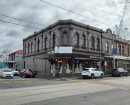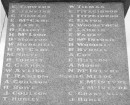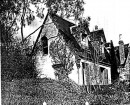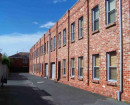Elm & plane street trees
80-98 nr Stephen Street, YARRAVILLE VIC 3013 - Property No 4088002797
-
Add to tour
You must log in to do that.
-
Share
-
Shortlist place
You must log in to do that.
- Download report
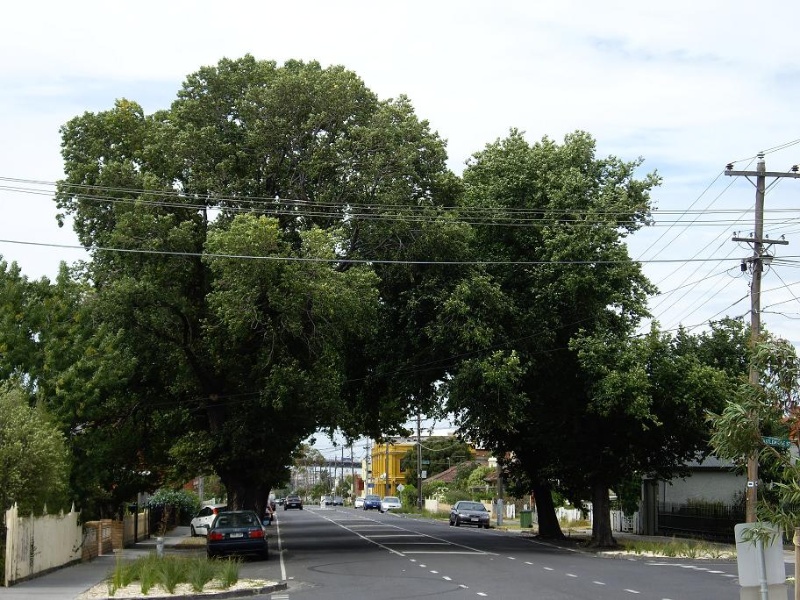

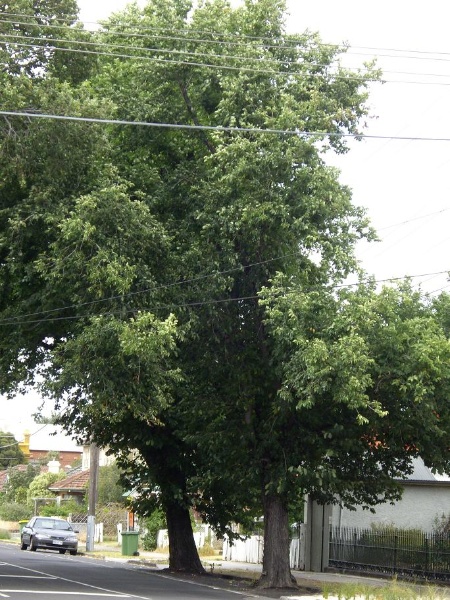
Statement of Significance
These seven elm and plane street trees are significant to the City of Maribyrnong:
- as remnants of the early 20th century street tree planting regime, parallel with the renewed prosperity of the area in the Edwardian-era (Criterion A4); and
- as remnants of a street tree planting program which was once widespread but has been severely reduced over time within the City (Criterion B2).
Australian Heritage Commission (AHC) criteria
The Australian Heritage Commission criteria consist of a set of eight criteria which cover social, aesthetic, scientific, and historic values. Each criterion has sub-criteria written specifically for cultural or natural values. The relevant criteria are:
A.4 demonstrates well the course and pattern of history, important historic events
B.2 rarity
-
-
Elm & plane street trees - Physical Description 1
Seven street trees in Stephen Street, south of Somerville Road which appear contemporary with much of the Victorian-era and Edwardian-era housing fronting the street. Mature but poorly pruned elm (`Ulmus sp.') street trees near numbers 80, 82, 83, 84, 93, 98 Stephen Street and a plane (`Platanus orientalis') street tree near number 87.
The 20 or so species in the Elm (`Ulmus sp.') genus of trees and shrubs `occur naturally in temperate regions of the northern hemisphere. During the 1920s and 1930s, and again in the 1960s and 1970s, elm trees in Europe and North America were devastated by Dutch elm disease, caused by the fungus Ophiostoma ulmi, which is transmitted by the elm bark beetle.
Except for a few East Asian species, they are deciduous, turning yellow in fall (autumn). The leaves are usually alternate, one-sided at the base, with prominent, parallel, lateral veins and regularly toothed margins; the small, disc-like fruits have a membranous wing and are carried in clusters. Most elms are large limbed with furrowed grey bark and high, domed crowns {Botanica}'.
The Platanus genus of 6 species of `large, vigorous, wide- crowned, deciduous trees from Eurasia, North America and Mexico contains some of the world's largest deciduous shade trees for dry-summer climates, many of which are widely used as street trees. The trees are called planes or plane trees in some countries, sycamores in others. The most conspicuous feature is the flaking, mottled bark, which is shed in winter. The 5 lobed leaves are large and maple-like, and the brown seed balls hang in clusters on the trees in winter. The flowers are insignificant {Botanica}.Elm & plane street trees - Physical Conditions
good (partially disturbed, well preserved)
Elm & plane street trees - Integrity
substantially intact/some intrusions
Elm & plane street trees - Physical Description 2
Context
Late Victorian-era and mainly Edwardian-era housing front the street.Elm & plane street trees - Historical Australian Themes
Thematic context
Australian Principal Theme Developing cultural institutions and ways of life
PAHT Subtheme Creating public landscape
Local Theme(s) Developing Local GovernmentElm & plane street trees - Physical Description 3
Map (Melway) 42B8
Boundary description The trees and sufficient land around each to allow for root zone and canopy protection, nominally 1m beyond the drip line, root zone or canopy perimeter which ever is the greatest.
Heritage Significance City
Creation date(s) 1890-1912c
Local Government Area City of Maribyrnong
Ownership Type PublicHeritage Study and Grading
Maribyrnong - Maribyrnong Heritage Review
Author: Jill Barnard, Graeme Butler, Francine Gilfedder & Gary Vines
Year: 2000
Grading:
-
-
-
-
-
SUN THEATRE
 Victorian Heritage Register H0679
Victorian Heritage Register H0679 -
STATE SAVINGS BANK
 Victorian Heritage Register H0723
Victorian Heritage Register H0723 -
CSR COMPLEX
 Victorian Heritage Register H1311
Victorian Heritage Register H1311
-
"1890"
 Yarra City
Yarra City -
'BRAESIDE'
 Boroondara City
Boroondara City -
'ELAINE'
 Boroondara City
Boroondara City
-
-






